El coliseo cuenta con ocho escotillas y todas ellas fueron utilizadas como celdas colectivas. Cada una albergó aproximadamente entre 300 y 400 detenidos. Las escotillas y los camarines fueron los lugares de reclusión para los hombres detenidos.
En los muros aún se distinguen los grabados hechos por los prisioneros con llaves u otros elementos. Grabaron pequeños mensajes, sus iniciales, estrofas de canciones, una fecha.
Aunque comenzaba la primavera, la humedad, el cemento y los helados muros hicieron aún más inhóspitos estos lugares. Las noches eran heladas y los prisioneros debían dormir en el suelo y también en baños e improvisados camarotes, que eran compartidos en turnos. Después de algunos días se repartió una frazada por persona. Algunos sectores se inundaban de agua después de una lluvia, y aún en esas condiciones debieron mantenerse en el lugar. Las enfermedades afloraron, agravadas por la violencia física a la que eran sometidos los prisioneros a toda hora y la falta de alimentación e higiene adecuadas.
El hambre fue agudo y permanente. La alimentación era preparada y traída desde el Estadio Militar en el Parque O’Higgins. Consistía en un desayuno muy temprano, de un tazón de café de higo con un pan, y luego una comida al día, generalmente legumbres, sopa o fideos. En más de una ocasión, llegó la comida en mal estado. Al comienzo la comida no alcanzaba para todos, por lo que los mismos detenidos se organizaron en escuadrillas para distribuirla a los distintos lugares de reclusión. Cada detenido tenía un plato y tazón que debía cuidar.
A partir del 22 de septiembre comenzaron a sacar a los detenidos a las graderías. Esto se constituyó en una rutina de las primeras horas de la mañana y posteriormente de algunas tardes, que les permitió hacer ejercicios y compartir entre ellos, pero también en un “lugar de espera” donde eran llamados a interrogatorios y torturas.

